College Planning – Indiana 529 Plans
If you have children, the idea of having to pay for their education can be a daunting one. There is one tax advantageous way to do so. It is called the 529 plan.
A 529 plan is an investment account whose funds are used to pay for higher education. It works similarly to a Roth IRA. You invest your after-tax dollars, and then when the money is ready to be used, you pay no taxes on any of the earnings as long as you use it for higher education expenses or up to $10,000 of private school expenses for grades K-12. The account is in your name, even though you are not the beneficiary, and you retain control over how the money is invested and used, even when your child becomes an adult. Also, your child’s grandparents, relatives, or friends can also contribute to the account.
Most states in the country have at least one 529 plan. You can invest in any state’s 529 plan; you do not need to be a resident. And each state’s 529 plan can be used for higher education in 50 states. However, in most cases, it makes much more sense to invest in your home state’s 529 plan.
What is so great about your home state’s 529 plan? Almost every state offers a tax incentive for each year you contribute to your 529 plan. For instance, Indiana has the CollegeChoice 529 Savings Plan, which gives you a 20% credit, up to $1,000, each year you contribute to the plan. So, if you contribute $5,000 to your children’s 529 plans, you can get a $1,000 credit on your tax return. Those other friends and family who contributed can also get this credit. (They will need the plan number(s) to be able to claim the credit, so please provide them to anyone generous enough to contribute to your 529 plan.) While you do not have to be a resident of Indiana to claim the credit, you must have an Indiana tax liability to make the Indiana credit beneficial. Other states work similarly but with different credit amounts to be earned.
Of course, there can be drawbacks to the 529 plan. Since it is an education savings vehicle, it must be used for higher education or private school. If it is not, the earnings are taxed, and a 10% penalty applies (though there are exceptions to this penalty); additionally, you have to pay back the IN credit. Acceptable expenses to use a 529 plan include tuition and fees for a private K-12 school, tuition and fees at a college, vocational or trade school, room and board fees, meal plans, and books and supplies.
Make sure to let your tax preparer know if you begin investing in a 529 plan. It is a great way to save money now and provide a bit of peace of mind for the future.
Jennifer Thonert

